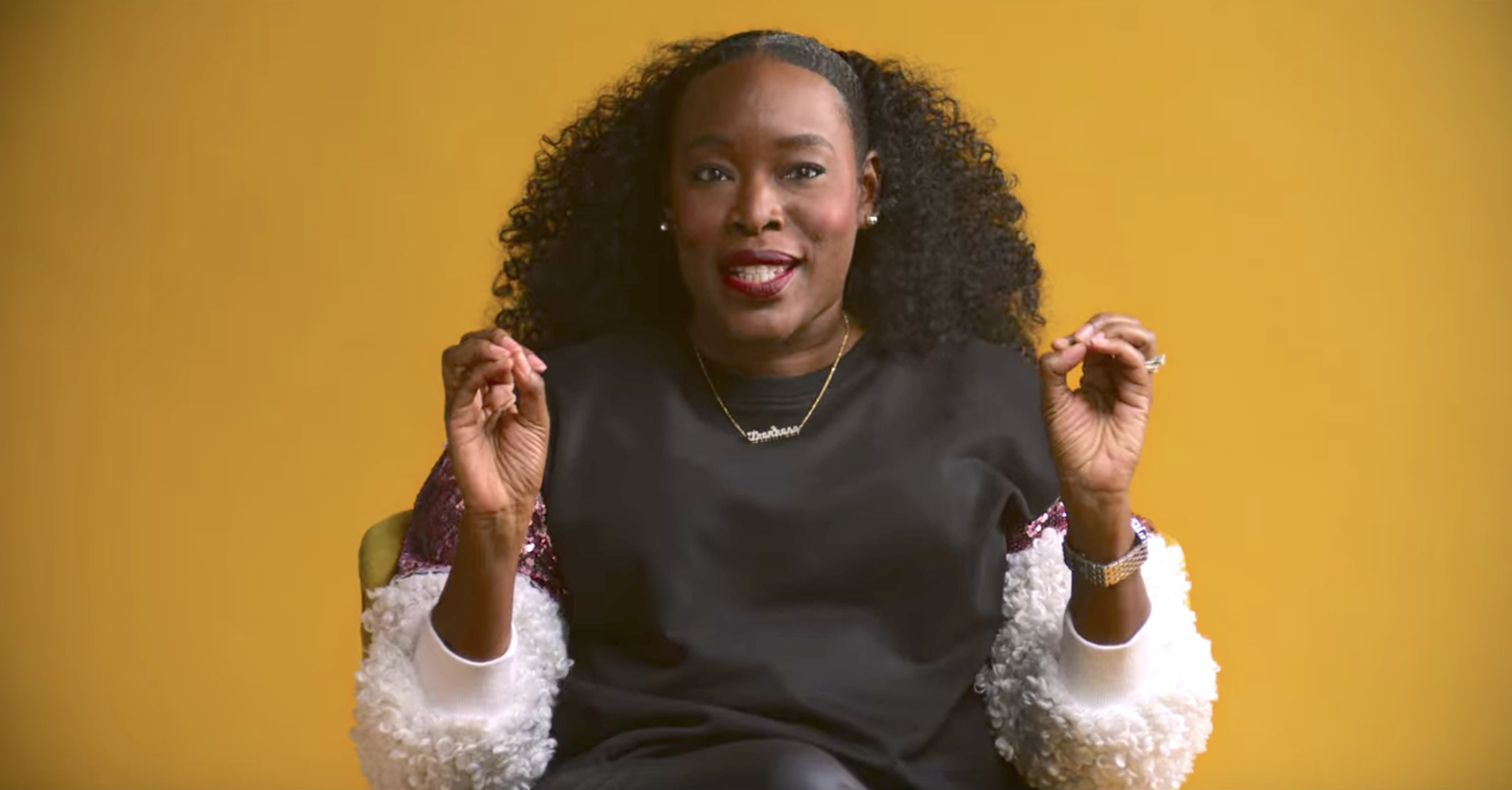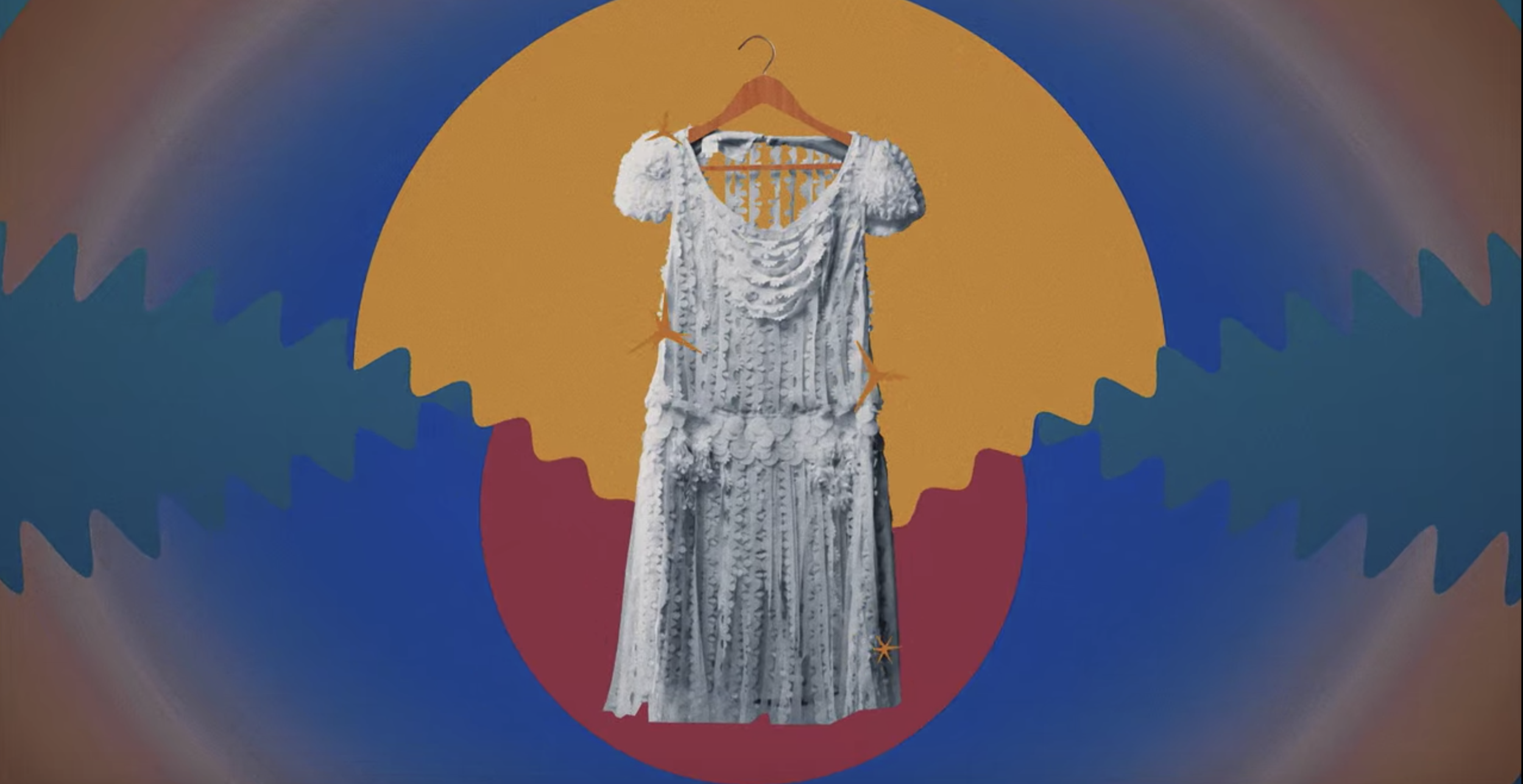We all have that one item of clothing we have an unreasonably deep and often inexplicable relationship with. Seasons and closet clear-outs pass, yet some pieces have an emotional gravity that we cannot do without. But what is it that ties us to an item of clothing? Netflix’s newest docuseries Worn Stories, based on Emily Spivack’s book by the same name, piqued our interest to unearth the psychology behind certain pieces and their wearers.
Described as “a show about clothes and the people who wear them”, Worn Stories looks less so at fashion and design, and instead at the context that ties us so deeply to what we wear – or don’t wear if you’re one the passionate nudists featured in episode 1. As tales unfold, we hear of the almost-lost and one-of-a-kind, A-list gifted or heaven-sent memorial pieces, but there is one common thread - they provide the wearer with a sense of belonging and comfort. Unlike Dopamine Dressing which relates to the high-energy rush attained through feel-good fashion, these garments have a highly emotional imprint that tie them to our very being.
A prime example is Tren’ness from Harlem. On looking for the right outfit for her grandmother Chef Sylvia Woods’s funeral, Tren’ness found her white Byron Lars dress in a last-minute panic after praying to her grandmother for help. She notes “When I put it on, there wasn’t a dry eye in the dressing room and I knew once again that my grandmother gave me another gift”, before recounting the festival-like procession that marched through the streets of Harlem, with hundreds chanting, “All Hail Queen Sylvia”.
Tren’ness and her Byron Lars Dress. Image: Netflix
The series looks at the meaning behind clothes through many lenses, including the transition from adolescence to adulthood – a crucial period in developing our sense of identity. In the episode ‘Growing Up’ we hear from 12-year-old Spirit and her style as a non-binary person nearing her gender-neutral B’nai Mitzvah. “I thought that in order to be valid as a non-binary person, I had to dress entirely androgynously…it affected my mental health as well as my clothing choices. I realized what a toxic attitude I had to myself and I was like, ‘that’s so dumb’. So I started growing out my hair and buying clothes that I like and I feel a lot more free. I can dress how I like.”
Our clothes are external receptacles for our relationships, interests and memories, and the psychological comfort gained through association helps to fulfil a fundamental human need of belonging. On dressing in alignment with yourself, PSYKHE and The Psychology of Fashion’s founder Anabel Maldonado mused that, “when something is so strongly in alignment with who you are, it’s almost as if the piece were a missing limb. Clothes are an extension of you…you recognize a necessary piece of yourself in it.”
As Spirit, Tren-ness, and others recall in Netflix’s Worn Stories, the psychological pay-off of dressing in alignment with yourself cannot be underrated. Using clothes as the vehicle, the docuseries provides a refreshingly empathetic lens from which you can understand different lifestyles and cultures. It’s a reminder of fashion’s visceral power, and its ability to enable us to feel how we want to feel; be it comforted and calm, brave and brazen, but always authentic to one’s self.













In the world of post-pandemic dressing, one word has taken social media by storm: cheugy (pronounced: chew-gee). In the worlds of fashion and lifestyle, cheugy describes a look, a thing or a person that’s considered out of date.